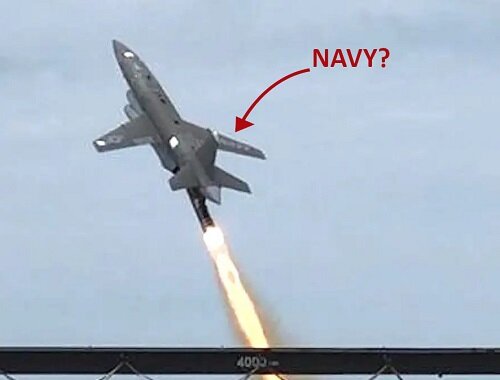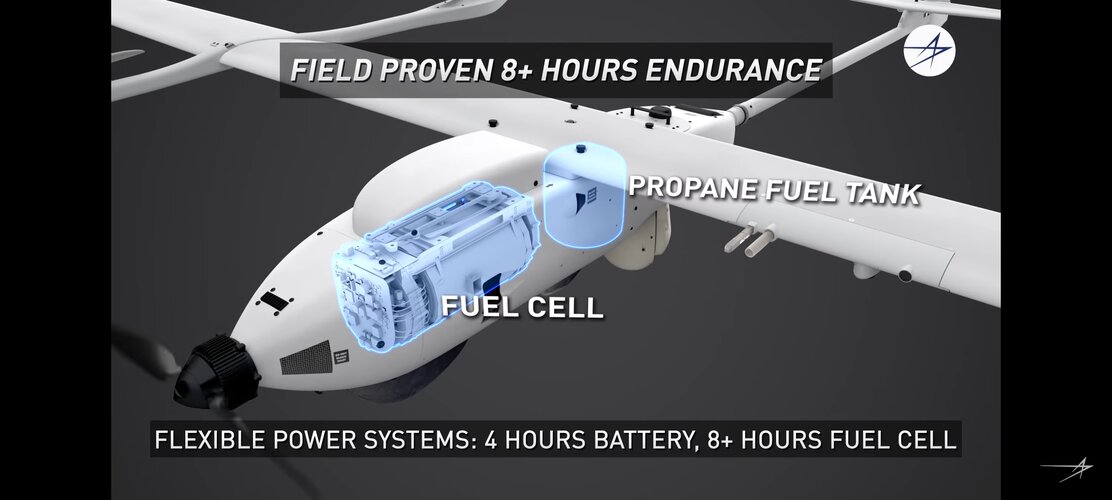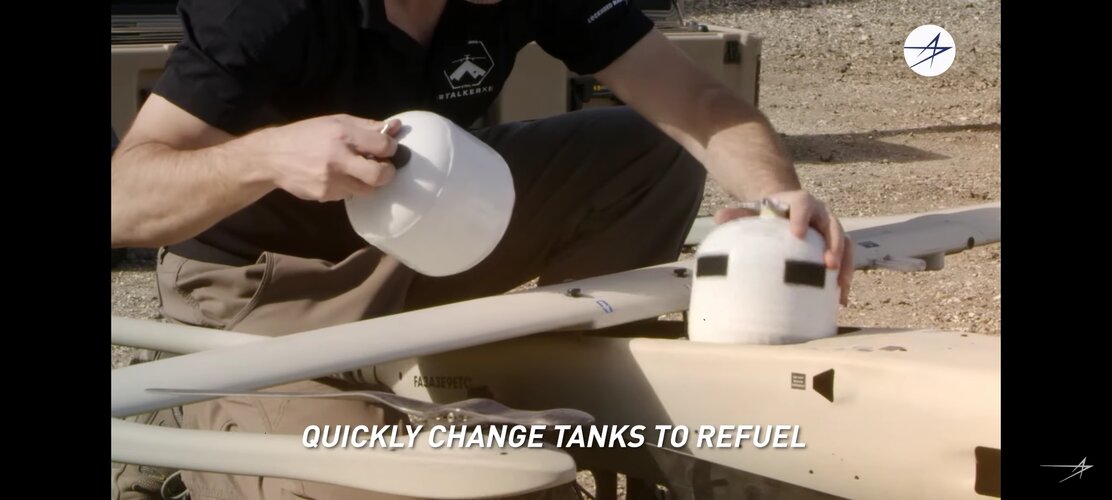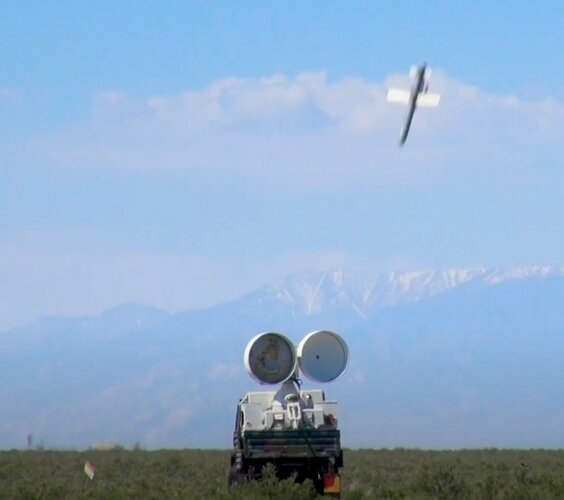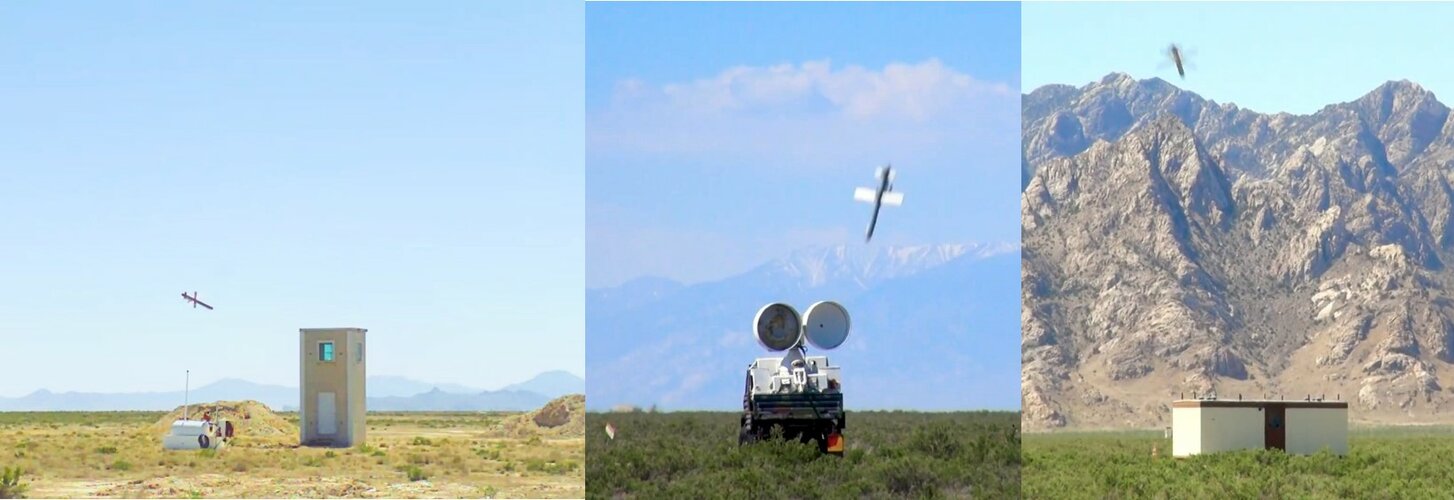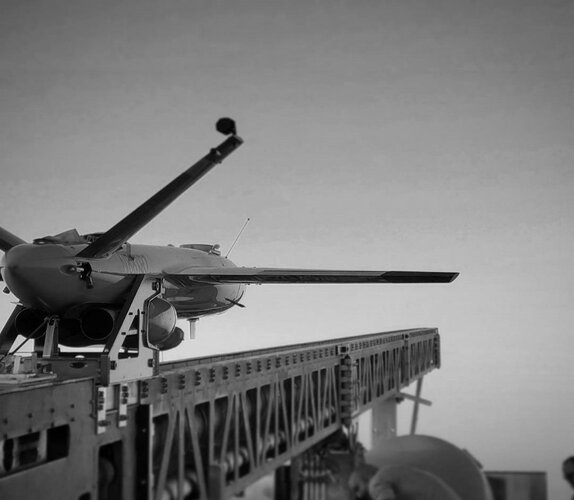Serpentine intake + IRST relocation (the only explanation that would make sense):


 www.thedrive.com
www.thedrive.com


Kratos Mako Loyal Wingman Drone Emerges With Major Modifications For Skyborg Trials
Flying autonomously alongside an F-16, the drone now has a large serpentine air intake and what appears to be an infrared search and track sensor.


